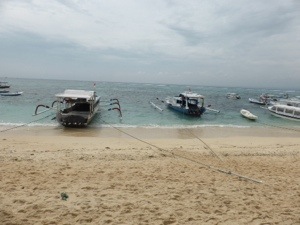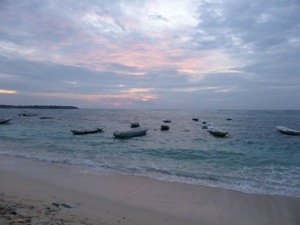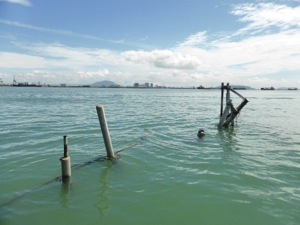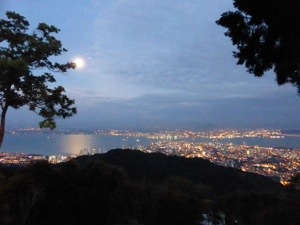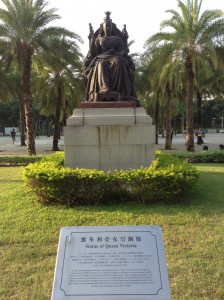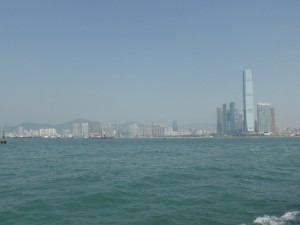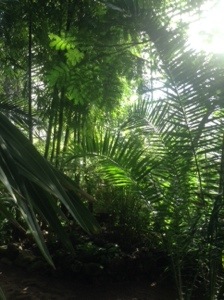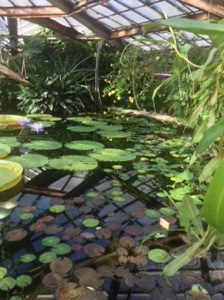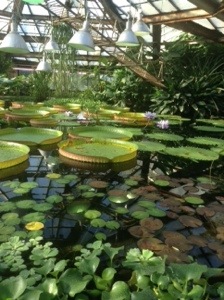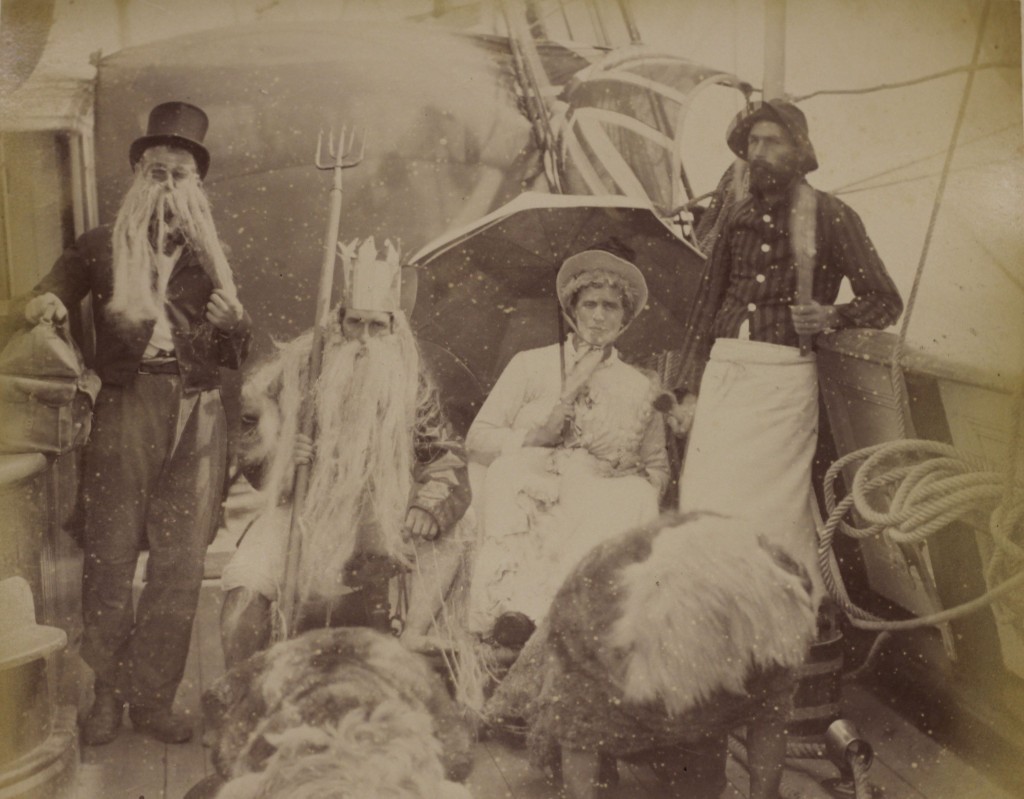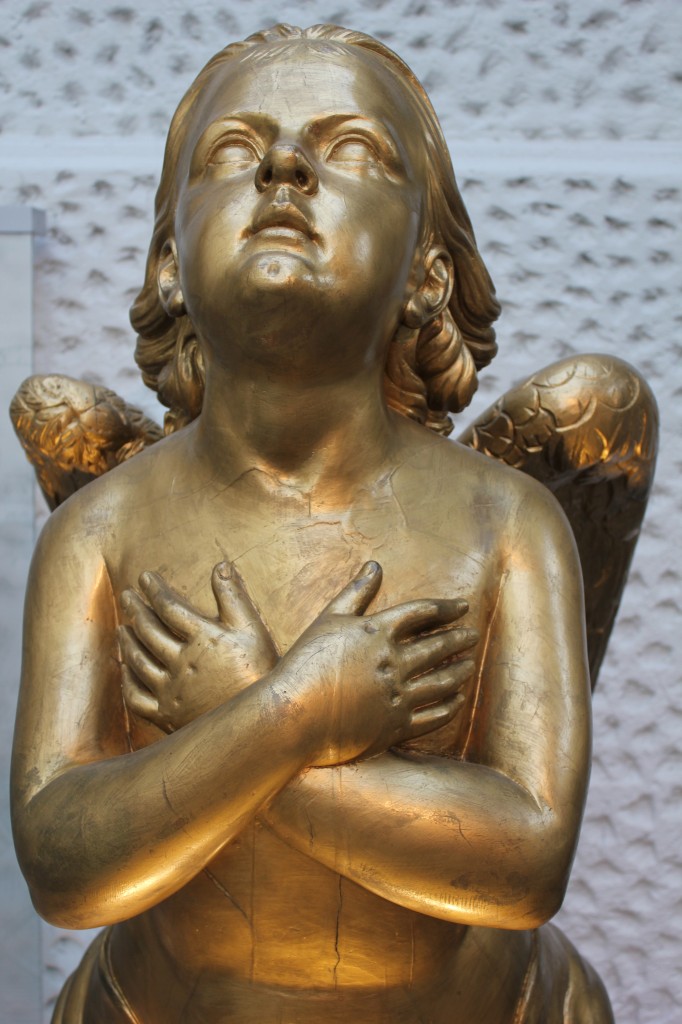Coming to the small island east of Bali, Nusa Lembongan, I took the slow boat from Sanur, along with boxes of supplies, wood for building and various other stuff we were bundled into the back of the boat with. I don’t have any memories of being seasick, ever. Even since leaving the UK in September I’ve travelled on big boats and small, ferries, kayaks, canoes, yachts, motor boats, river boats, speed boats, without any problem. On Monday I felt a little queasy during the hour and a half trip across. On Tuesday I went no more than 5 minutes on a speed boat for my first dive in the sea (I’ve long harboured an ambition to do the PADI open water course). I felt dreadful. Admittedly, the sea was really rough, an effect from some wild weather off Northern Australia apparently.
I back rolled into the water, no problem, sunk to the bottom (eventually), and a combination of feeling queasy, not being entirely sure about the new sensations, and finding it hard to swallow to equalise. I went back up. What was worse was then having to spend the next 40 minutes in the boat while I waited for everyone else to do their dive before going back to shore. If I had anything in my belly I would have lost it. On Wednesday I took an anti sickness tablet. I tried again, while not as bad, still feeling queasy, to go diving did not feel right. I got in the water and got back out again. I knew this was mixed with nerves (traumatised since watching Jaws as a child!). I felt very disappointed but thought that perhaps I had reached my limitations, that this wasn’t for me.
Annie Brassey circumnavigated the globe on several occasions. She sailed from the UK all the way around the world on no less than three occasions. In addition to this she made many other seafaring journeys of some distance, taking in India, South America, Canada, Australia to name just a few. Annie suffered severely with seasickness. I have no idea how she managed it, out at sea for months at a time. I have renewed respect for Annie.
The happy ending to this story is that I had the chance to take my time and build my confidence with all my diving skills ticked off in the pool before going back out into open water. A very nervous Friday morning (awake at 4am) I went out to sea. The weather has quietened considerably since the start of the week and the reef was like an aquarium. Two dives later and I am jubilant, although a little nervous about what is to come. Today (Saturday) I am just back from my two deep water dives and passed my exam. I am now a PADI approved open water diver! Ridiculously excited. Off to celebrate.


